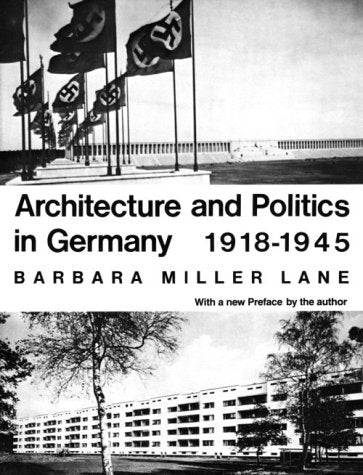In the spring of 1933, the Nazi government began its campaign to eliminate "modern" tendencies in German art--with particular emphasis on architecture--and to eradicate what it chose to call "art bolshevism." The Bauhaus, by then an internationally famous center of avant garde design, was shut down. In a close analysis of intellectual, political, social, and economic developments, Lane shows that Nazi views on architecture were generated by a complex of historical factors. Far from being cohesive, Nazi cultural policy was largely the product of the conflicting ideas about art held by the Nazi leaders and their efforts to advance these ideas during internal power struggles.
A total of 3 guests made comments


Logan Alexander - 2024-03-03
Astounded by how quickly my order was delivered. The product is of superb quality, offering incredible value. Customer service was exceptionally supportive.